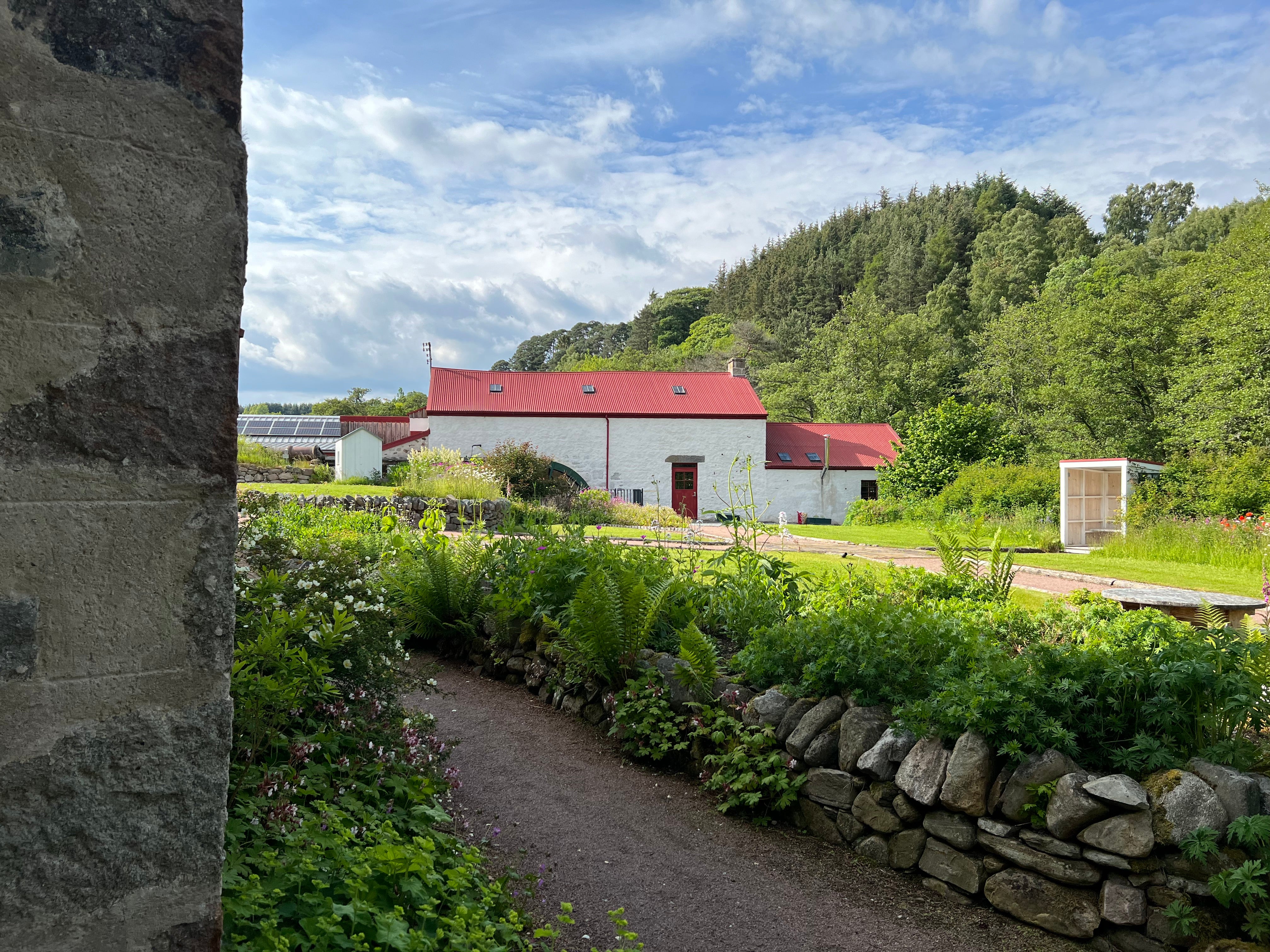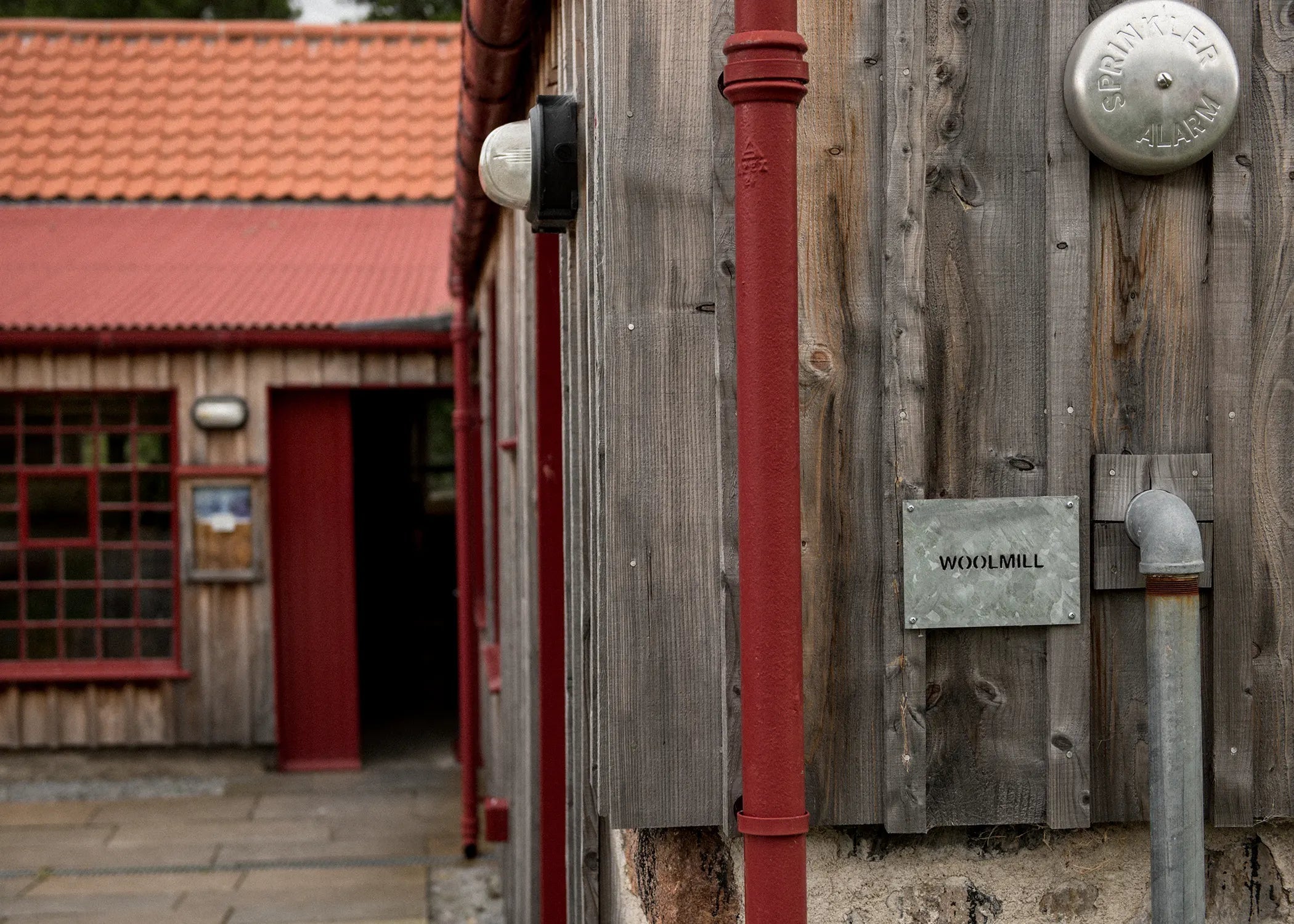Knockando Woolmill’s story starts when it grew gradually as the mechanisation of textile production developed elsewhere in the UK - this is not the large industrial mill of Yorkshire or the Scottish Borders but 18th and 19th century farm diversification. When times were good, the Woolmill tenant would buy a new (usually second hand) piece of machinery. He would extend the Mill building just enough to keep the weather off the machine; being a thrifty farmer, he reused doors and windows from elsewhere. This has resulted in the surviving tiny, ramshackle building stuffed full of historic machinery and redolent of the labours previous generations.
Spinning and weaving went hand in hand with agriculture at Knockando. There would be little work carried on in the Woolmill during sowing or harvest time but after shearing, local farmers would bring in their fleeces to be processed and take them away as blankets and tweed cloth.
Many communities had their own local district woollen mill, but the majority of these disappeared between the two World Wars. Somehow, Knockando survived. Using expertise passed down through generations, the last proprietor, Hugh Jones, learnt the craft from his predecessor, Duncan Stewart. For thirty years he continued to produce tweed, rugs and blankets on the old looms.
Hugh kept the Woolmill going single handedly for over 30 years, although for most of that time he only wove on one of the Victorian looms, commissioning the other processes elsewhere. Luckily Hugh understood the historic importance of the place and its machinery and made sensitive repairs. The buildings were, however, in a desperate state, risking the precious machinery they more or less covered.
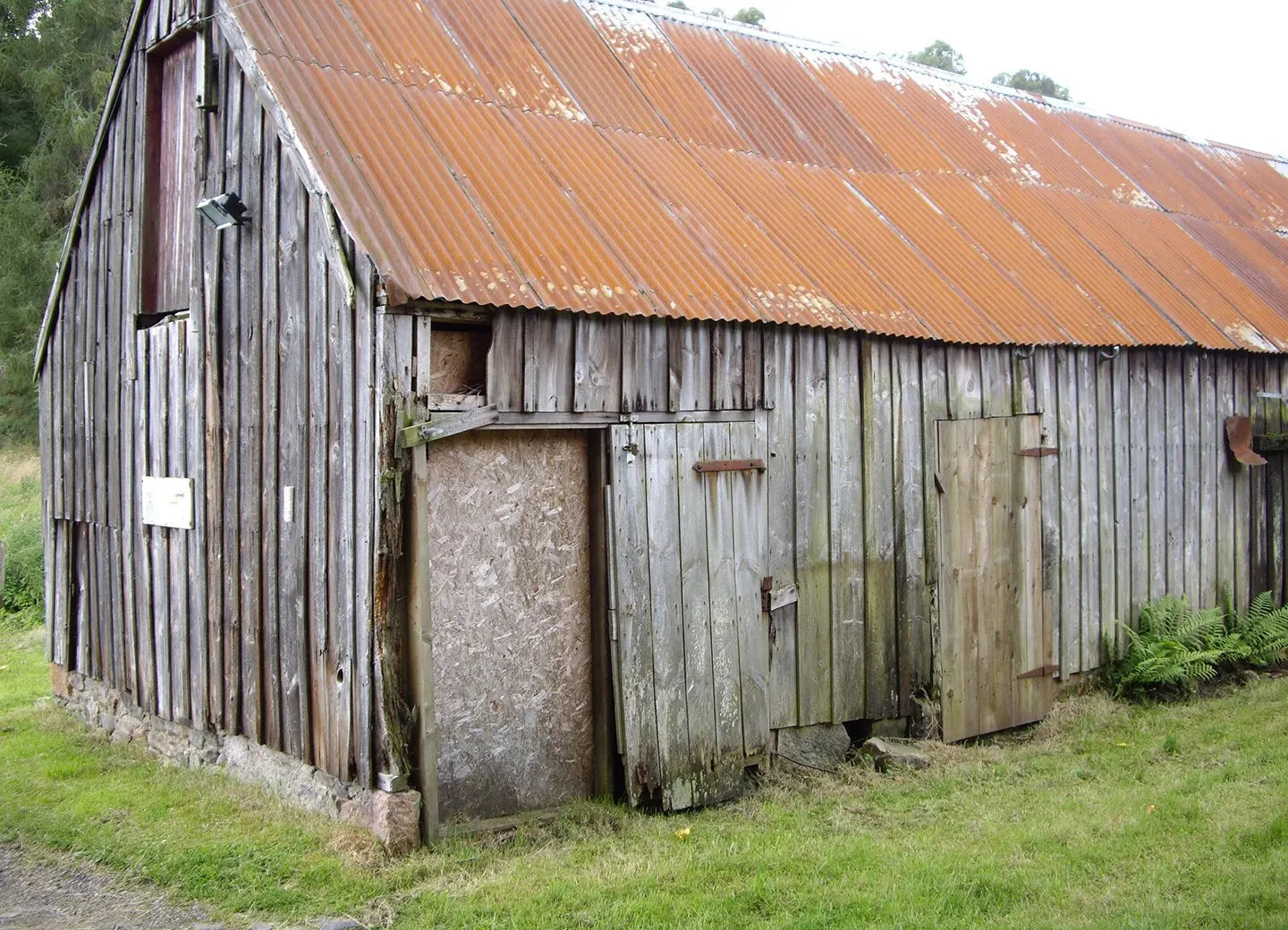
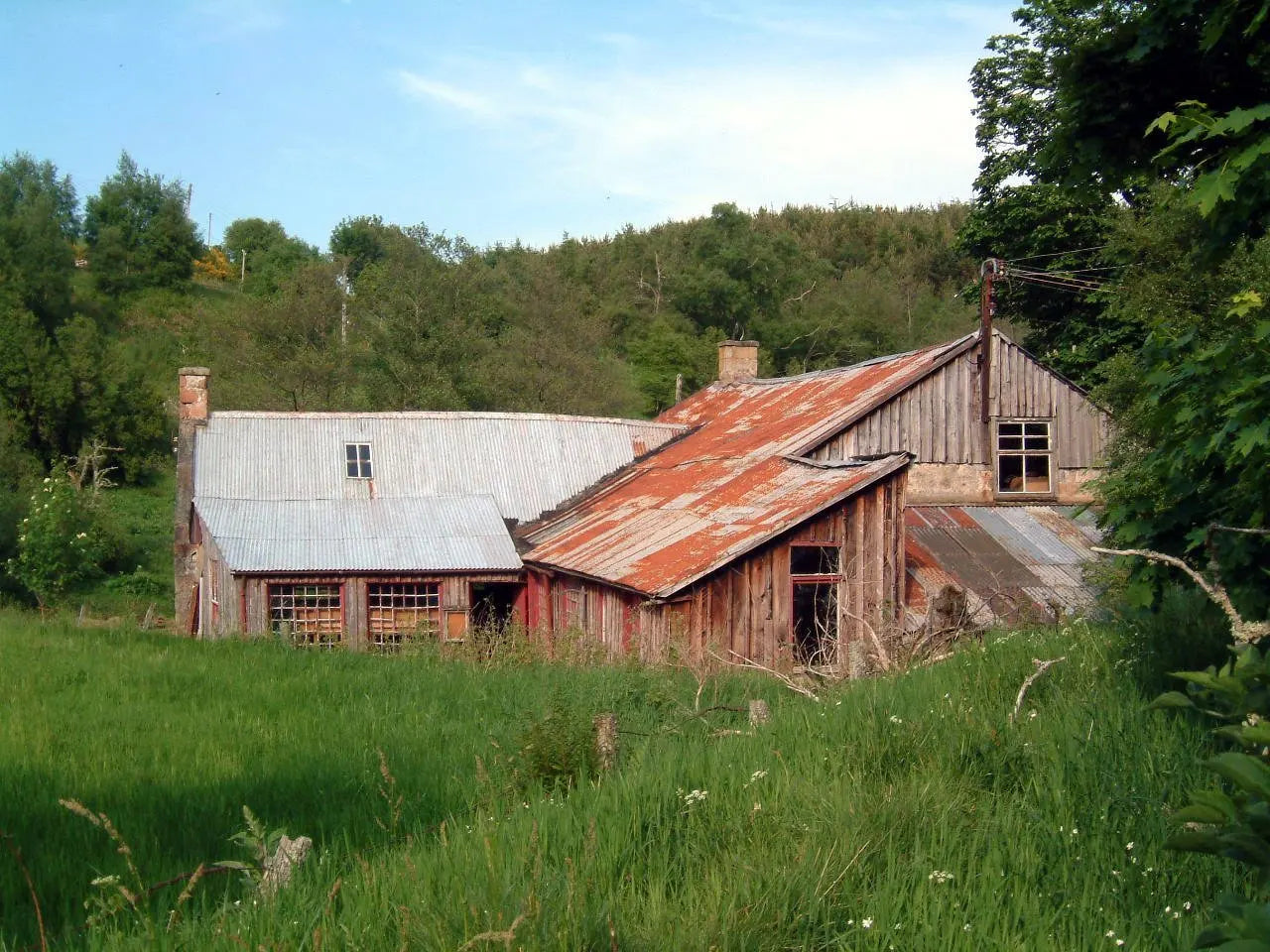
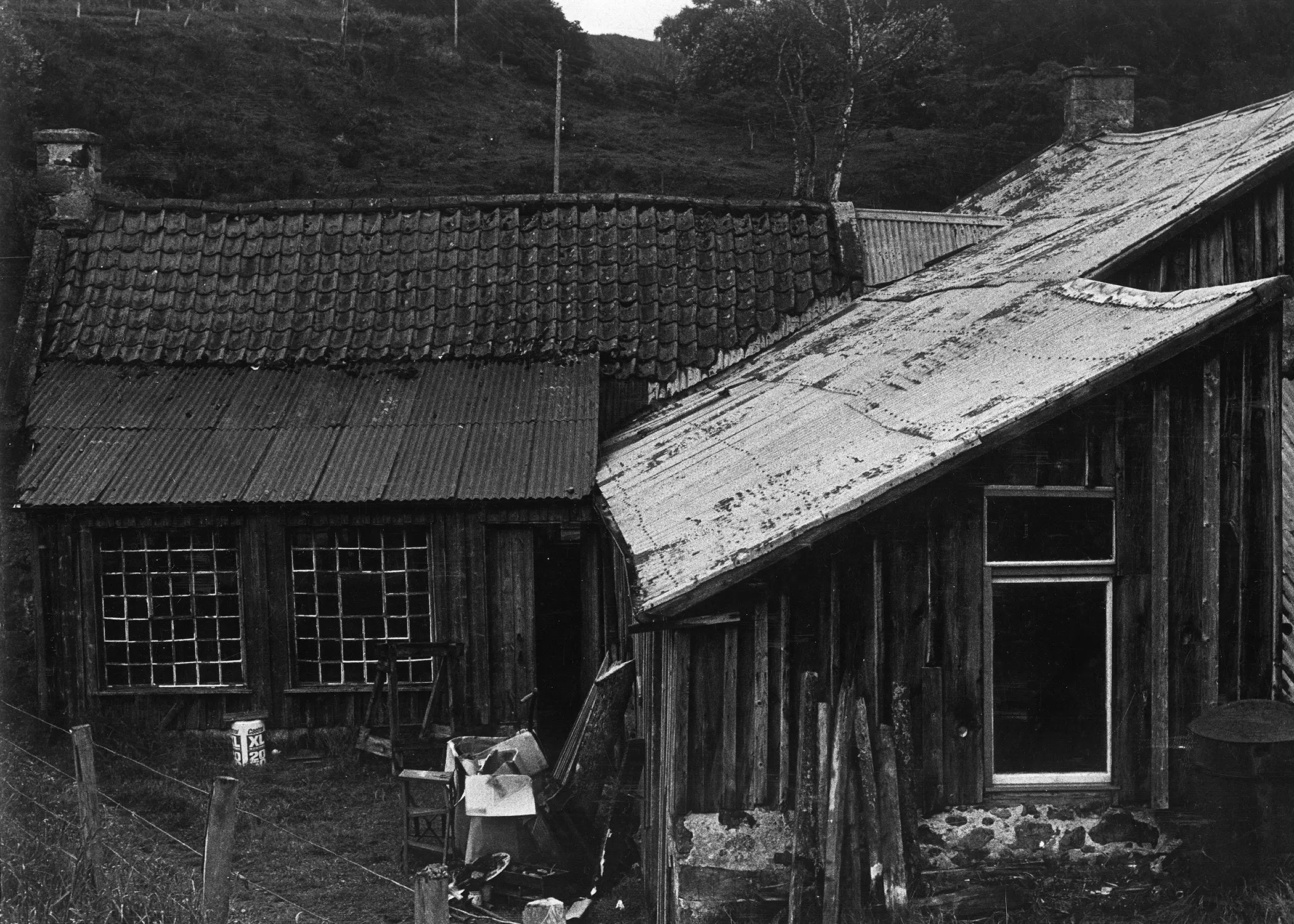
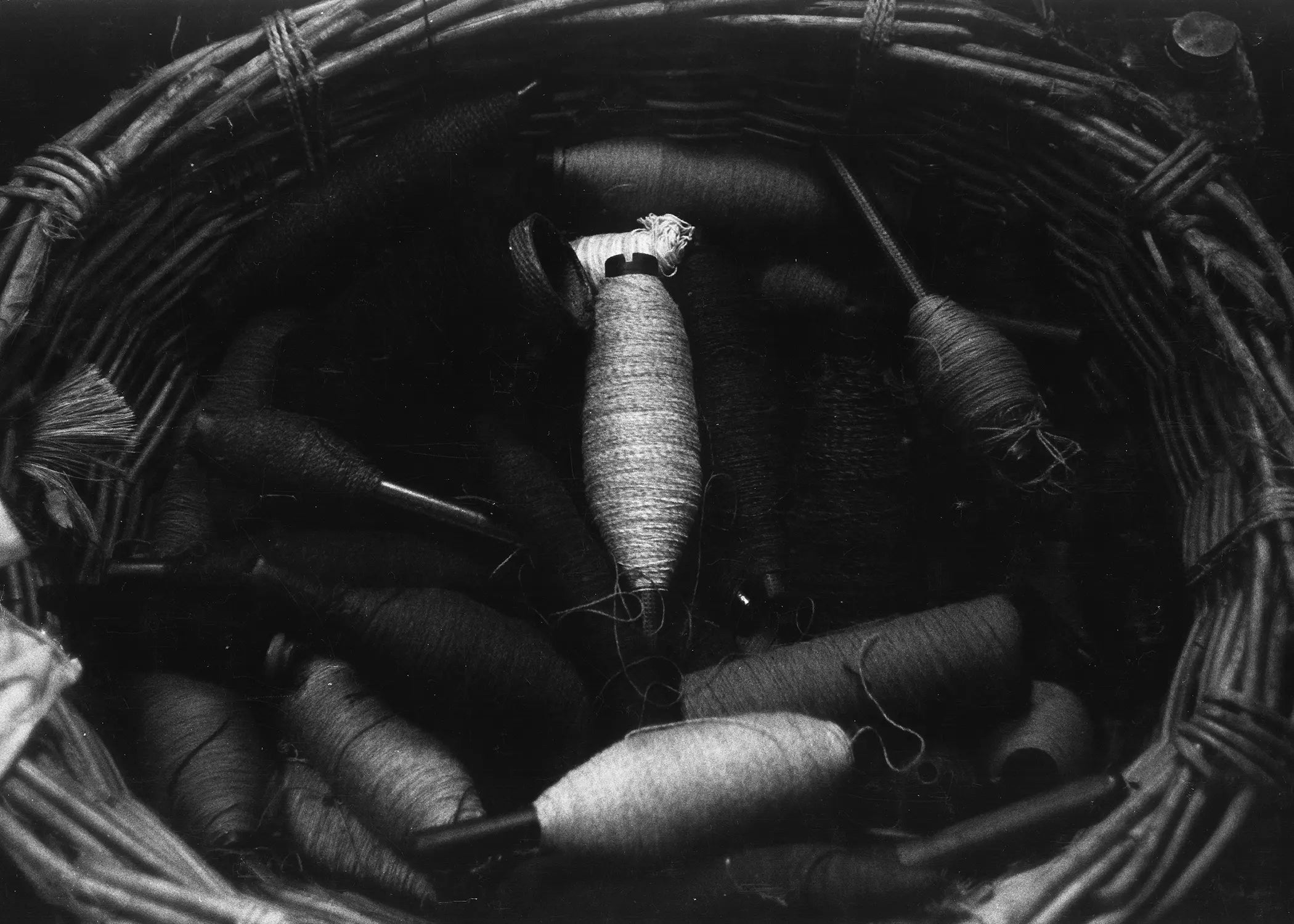
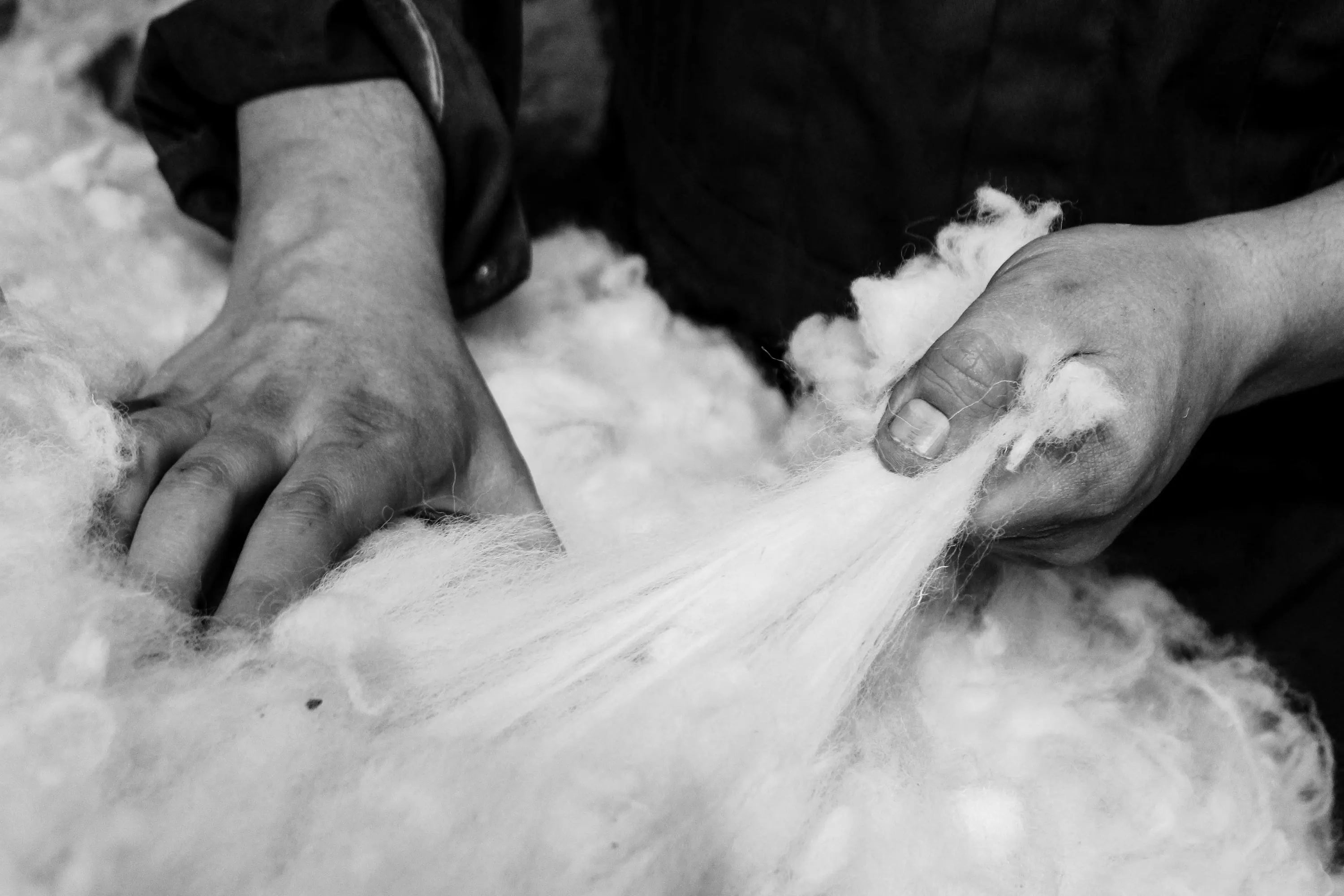
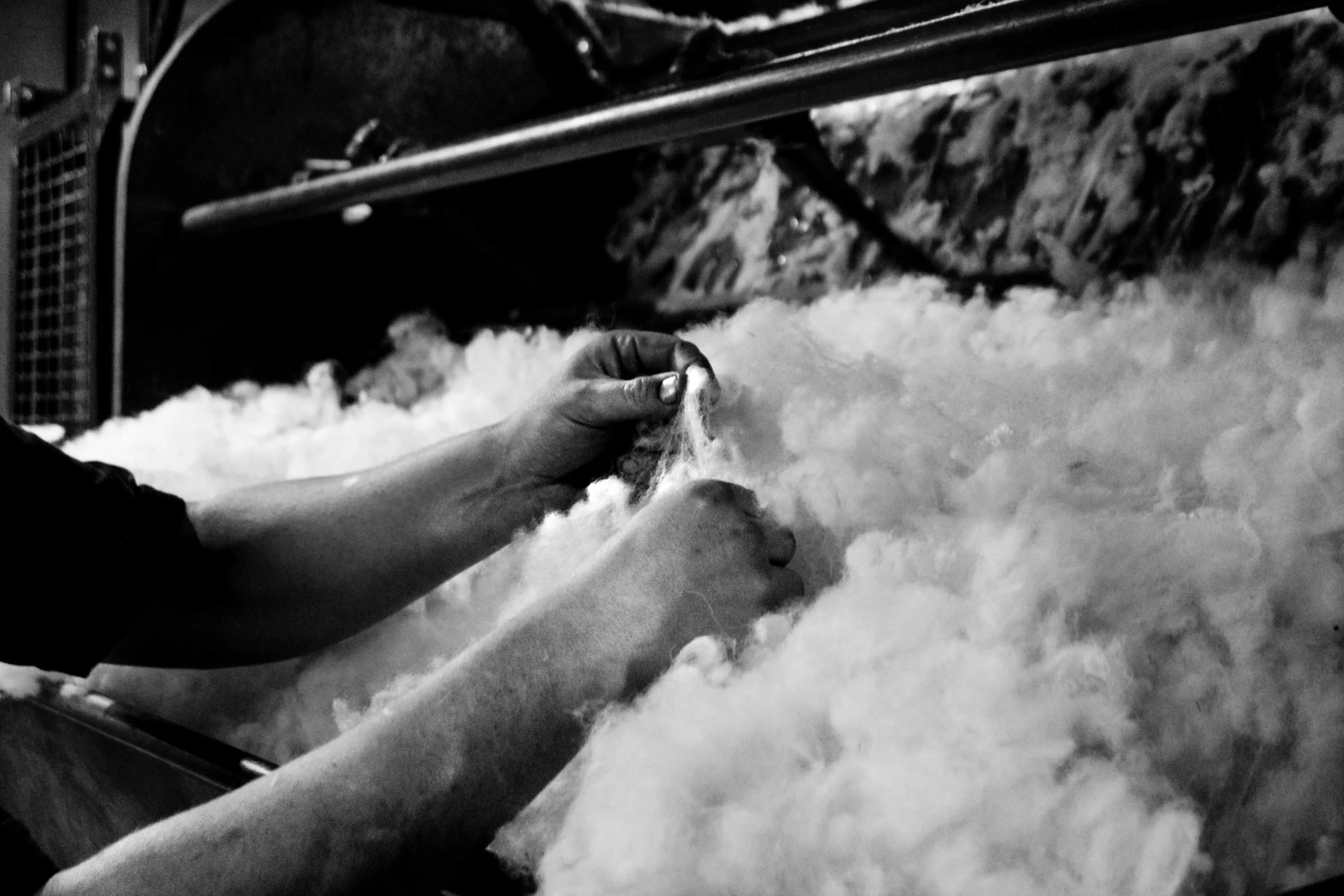
In 2000, the Knockando Woolmill Trust was formed with the aims of restoring the buildings and machinery, training a new generation of craftsmen so that manufacturing could continue well into the future and opening the site to the public for education and enjoyment. The Trust spent 10 hard years developing restoration plan and raising the £3.55 million needed to repair and restore buildings and the machinery. Most of the works were completed in June 2012 when we opened our doors to the public.
The Conservation Plan, (view the Knockando Woolmill Conservation Plan) written by Andrew PK Wright Chartered Architect and Heritage Consultant, was the cornerstone and inspiration for the restoration of the Woolmill.
2019 saw the last piece in the The Knockando Woolmill puzzle complete. Here we have a 5:09 time lapse video documenting the dismantling and restoration process of our Victorian Dobcross Loom. Daniel Harris, owner of the London Cloth Company along with assistant Bethany Couldrick, carried out the impressive work in just under a month using nothing more than a handful of tools and their own sheer strength! Through trial testing they were able to rectify the problems that were identified to achieve the successful outcome. As well as carrying out the restoration of the loom, there was the organisation of several containers to preserve loom parts for future use. The Mill is thrilled to have its 1899 loom back in working order.

